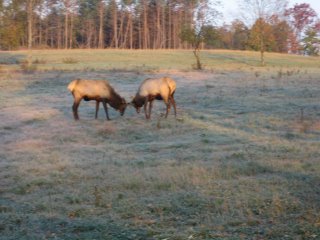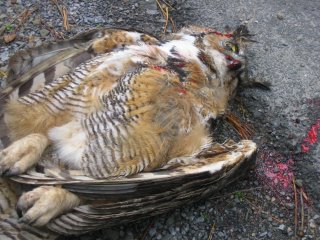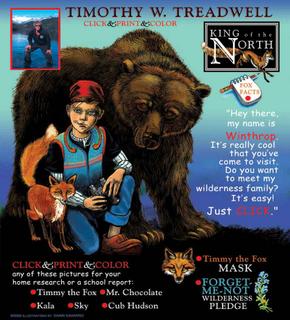Mice 3 Ways
1. Near my little house in the City is a tree-filled dog run owned by our neighborhood. During recent storms, several branches fell from trees and we piled them up until we could arrange for a landscaping service to come make them into woodchips. The woodpiles sat around long enough that they became inhabited by little furry rodents; some of us saw rats, others saw mice. Probably different piles had different rodent residents, but the point is the park became infested for a few weeks. The dogs didn’t mind—in fact, the little critters just made our daily romps in the park all the more entertaining for the canine carnivores. I didn’t mind either, even when I helped move the wood piles and disturbed what seemed like hundreds of dirty little mice that ran out in every direction, practically over my feet.
2. Recently I went to get lunch at funky Reading Terminal Market in downtown Philadelphia. I was waiting in line after ordering pad thai at one of my favorite stands, when the cashier suddenly yelped and jumped back from the counter. I couldn’t see what she saw but I asked someone else waiting in line and he reported that a mouse had just streaked across the counter. A particularly prissy woman standing behind me canceled her order and fled. I stood there considering my options. I pretty much assume that there are rodents and bugs hanging out in every restaurant I visit, and certainly at the open air stands in the ancient Reading Terminal. I figure healthy folks can consume a certain amount of mouse and roach droppings without sending their immune systems or guts into a tizzy. But still… Well, in the end I was hungry, and these folks make great pad thai, and my order was ready, and my lunch hour was waning, and I hadn’t actually seen the mouse myself, so I took my food and ate it all up back at the office. Yum.
3. During the summer of 2004 my house was overrun by mice. I mean, mice lived in my oven, under my kitchen cabinets, in my bathroom ductwork. There were droppings everywhere. I was beside myself, and my stupid dog was worthless. She had no interest in chasing or killing them. We would just hear them running around at night, and probably they ran right over us as we slept. I ran the vacuum obsessively, I kept the dog bowl in the fridge, we put down glue traps and stuffed steel wool in all the openings in the kitchen and basement, but ultimately, I had to call an exterminator and have poison spread around. Medea and I went to live somewhere else for a while. Once the problem was licked—after we caught or found the corpses of more than 35 mice—I threw everything out of my pantry, scrubbed my kitchen with bleach and bought myself a nice new oven. I couldn’t stand having those dang dirty things in my house, Nature Girl or not. If it happens again I'm getting a cat.
2. Recently I went to get lunch at funky Reading Terminal Market in downtown Philadelphia. I was waiting in line after ordering pad thai at one of my favorite stands, when the cashier suddenly yelped and jumped back from the counter. I couldn’t see what she saw but I asked someone else waiting in line and he reported that a mouse had just streaked across the counter. A particularly prissy woman standing behind me canceled her order and fled. I stood there considering my options. I pretty much assume that there are rodents and bugs hanging out in every restaurant I visit, and certainly at the open air stands in the ancient Reading Terminal. I figure healthy folks can consume a certain amount of mouse and roach droppings without sending their immune systems or guts into a tizzy. But still… Well, in the end I was hungry, and these folks make great pad thai, and my order was ready, and my lunch hour was waning, and I hadn’t actually seen the mouse myself, so I took my food and ate it all up back at the office. Yum.
3. During the summer of 2004 my house was overrun by mice. I mean, mice lived in my oven, under my kitchen cabinets, in my bathroom ductwork. There were droppings everywhere. I was beside myself, and my stupid dog was worthless. She had no interest in chasing or killing them. We would just hear them running around at night, and probably they ran right over us as we slept. I ran the vacuum obsessively, I kept the dog bowl in the fridge, we put down glue traps and stuffed steel wool in all the openings in the kitchen and basement, but ultimately, I had to call an exterminator and have poison spread around. Medea and I went to live somewhere else for a while. Once the problem was licked—after we caught or found the corpses of more than 35 mice—I threw everything out of my pantry, scrubbed my kitchen with bleach and bought myself a nice new oven. I couldn’t stand having those dang dirty things in my house, Nature Girl or not. If it happens again I'm getting a cat.









